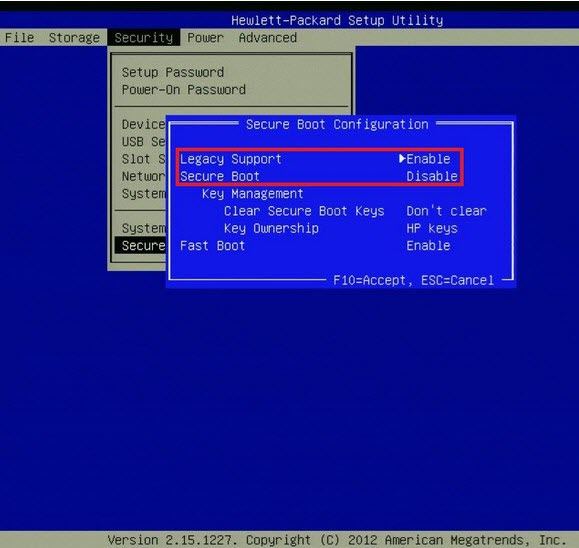

The original motivation for EFI came during early development of the first Intel–HP Itanium systems in the mid-1990s. UEFI is independent of platform and programming language, but C is used for the reference implementation TianoCore EDKII.

In 2005, UEFI deprecated EFI 1.10 (the final release of EFI). Some of the EFI's practices and data formats mirror those of Microsoft Windows.

Intel developed the original Extensible Firmware Interface ( EFI) specifications. UEFI replaces the BIOS which was present in the boot ROM of all personal computers that are IBM PC-compatible, although it can provide backwards compatibility with the BIOS using CSM booting. Examples of firmware that implement these specifications are AMI Aptio, Phoenix SecureCore, TianoCore EDK II and InsydeH2O. They define the architecture of the platform firmware used for booting and its interface for interaction with the operating system. UEFI ( Unified Extensible Firmware Interface) is a set of specifications written by the UEFI Forum. They can use different I/O protocols, but SPI is the most common. If not, see if the GPU vendor offers a video BIOS update for the card that would add native UEFI support.The UEFI implementation is usually stored on a NOR-based EEPROM that is located on the mainboard. But if you are using an old GPU card, you might want to download and run GPU-Z and verify that the UEFI support checkbox under the GPU chip manufacturer's logo is checked. If you are using the Intel iGPU integrated to the processor, this is not a problem for you. For simplicity, if your current OS boots in UEFI mode, you might want to change any boot method selection settings in the BIOS to "CSM disabled"/"UEFI only" to ensure no legacy BIOS-style boot from removable media will be offered, to minimize the chance of any mistakes.Īlso, note that if you have an old GPU that does not include native UEFI support, then the system must enable CSM (= legacy BIOS compatibility support) to activate the GPU at boot. Since your motherboard supports both UEFI and legacy BIOS boot, it might offer you two ways to boot any external media. If you are booting from a Windows 11 installation media to do the upgrade, be careful to boot the media in UEFI mode. So if your current system disk is partitioned MBR-style, then you are booting in legacy BIOS style and your BIOS's legacy/UEFI selection must have higher priority than the "Secure Boot enable/disable" selection. On Windows, the choice of boot method is coupled to the choice of partitioning style on the system disk: UEFI-bootable systems must use a GPT-partitioned system disk, and BIOS-bootable systems must use classic MBR partitioning on the system disk. Secure Boot is implemented for UEFI boot only: if your system boots using the legacy BIOS style, Secure Boot cannot be used.


 0 kommentar(er)
0 kommentar(er)
